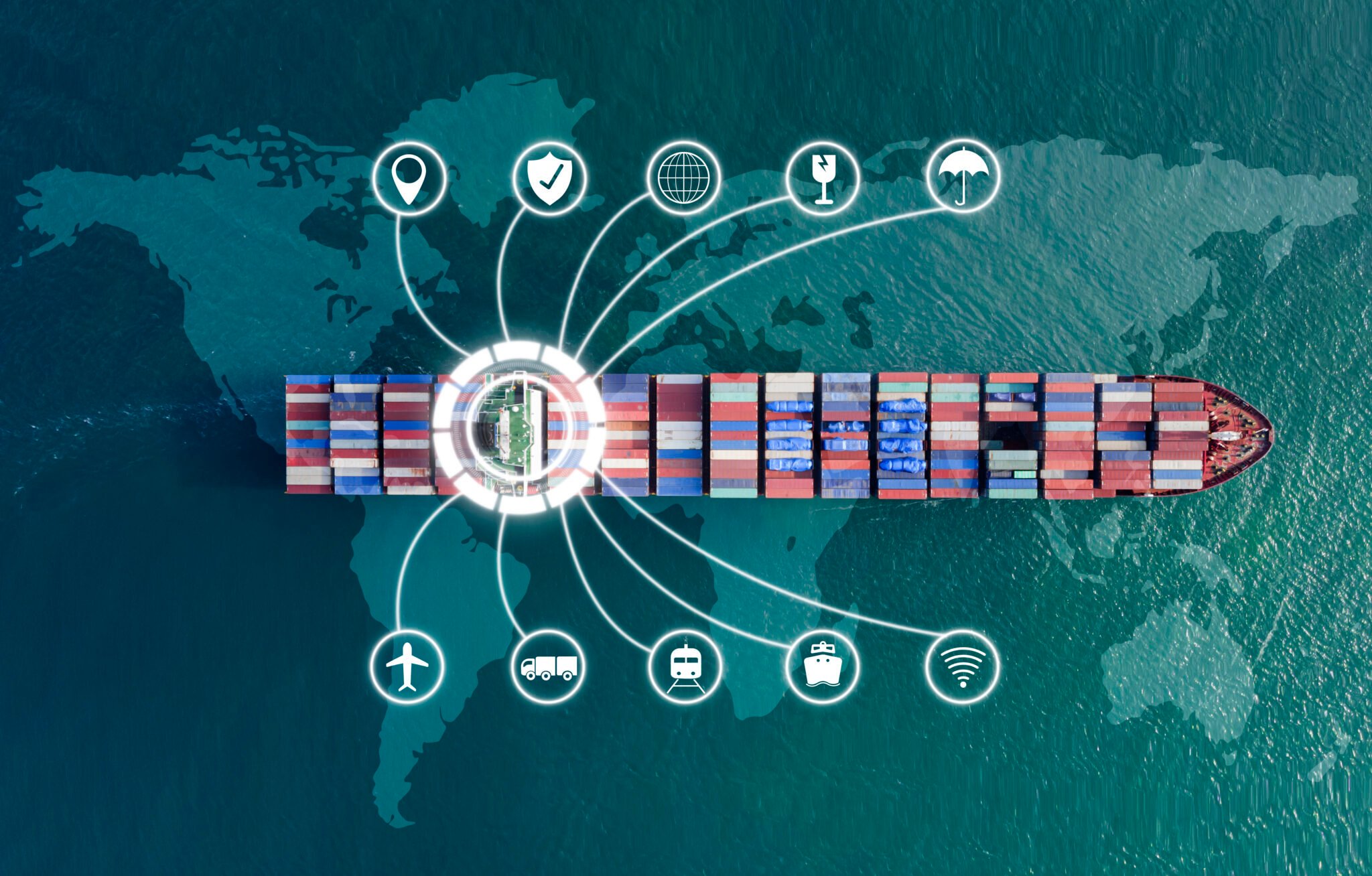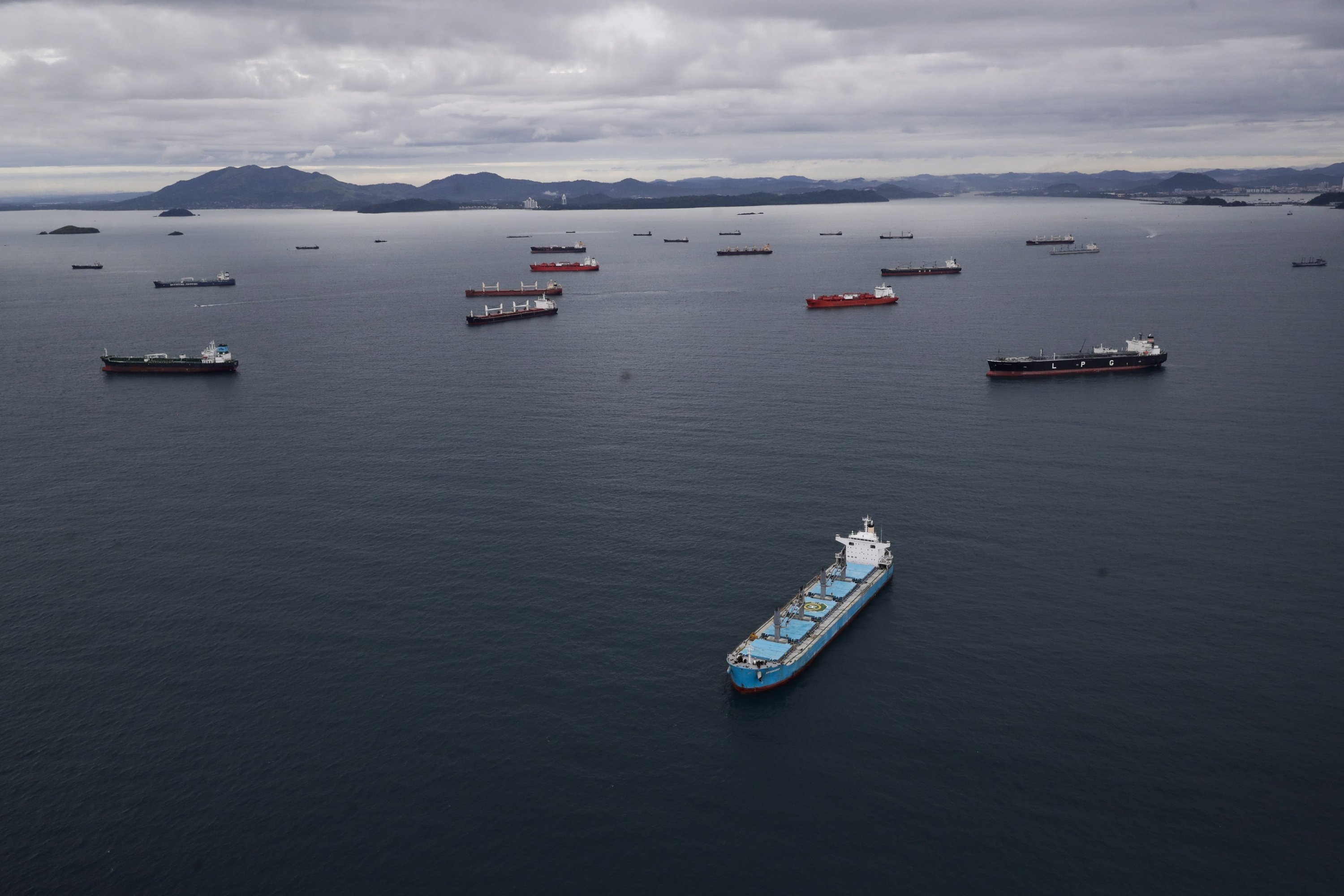From the desk of James Ford-Hutchinson, VP of Supply & Strategic Partnership for Shippabo
Demand outlook is weak throughout Q4. November is traditionally a slack period, and we may not see the same pre-Chinese New Year rush since it is very early this year. The impact is that we will continue seeing a downward rate trend.
We have seen a double-digit decline in ocean rates week-on-week in the past week. The USWC rates have fallen by nearly 2/3 from the beginning of the year to their lowest levels since May 2020. The USEC rates, being propped up by volume shifts from USWC and also USEC port congestion, have not seen a dramatic fall but are continuing to decline.
Carriers have started to announce blank sailings and eliminated service strings to reduce supply to better match demand and stop the rate decline. Rate levels to the East Coast are still compensatory for ocean carriers. Still, carriers will be under financial pressure on the west coast, especially those operating with less efficient and smaller vessels. The open question is whether or not these capacity adjustments will be enough to slow or stop the fall of the rate levels or if we will continue to see a steady decline in freight levels as carriers pursue utilization.
Congestion into IPI location is still a significant problem, the railroad strike was temporarily avoided, but no final agreement has been finalized. Assuming no strike, cleaning up the congestion could take another 3-4 months. For customers who need fast and reliable IPIs, some premium options in the market avoid congestion and offer speedy inland rail options.
Port situation summary
- Savannah congestion reduced slightly at 35 vessels at anchor with dwell remaining high at 15+ days.
- Houston congestion remains at 23 vessels at anchor with dwell time increased to 19 days. The port hit a record for monthly container volume in August. No immediate improvement is expected as volumes into Houston continue to be strong with extra loaders being received amongst all Alliances.
- Vancouver: The situation is deteriorating with 100+% yard density and up to 18 days of rail dwell time. We have seen carriers report that overall waiting time in Vancouver is expected to be more than 60 days. As a result, we see carriers looking at different terminals with less congestion or skipping ports.
- LA/LB: Off-dock IPI cargo dwell is up to 40 days. Railroads continue to limit their IPI capacity due to congestion at the inland ramps.
For more info, check out this resource.
Shippabo was started by shippers. From day one we've built our business understanding the needs of supply chain teams. Our machine-learning platform integrates with your supply chain network to help you make the right decisions at the right time with predictability and visibility other freight forwarders can't provide.
Book a shipment today, and learn why Shippabo is the right solution for your business.





